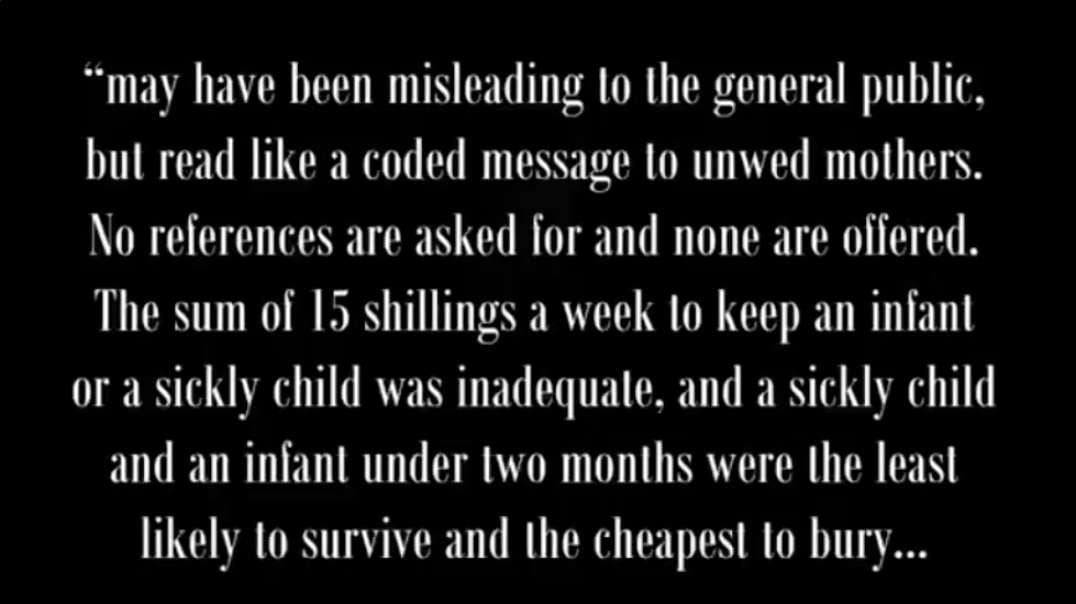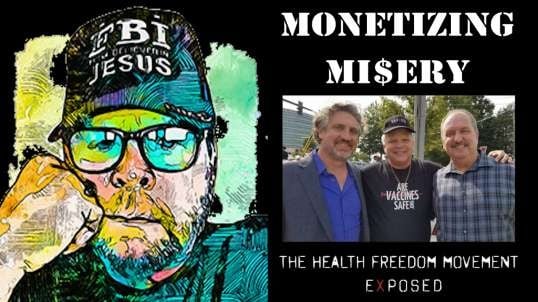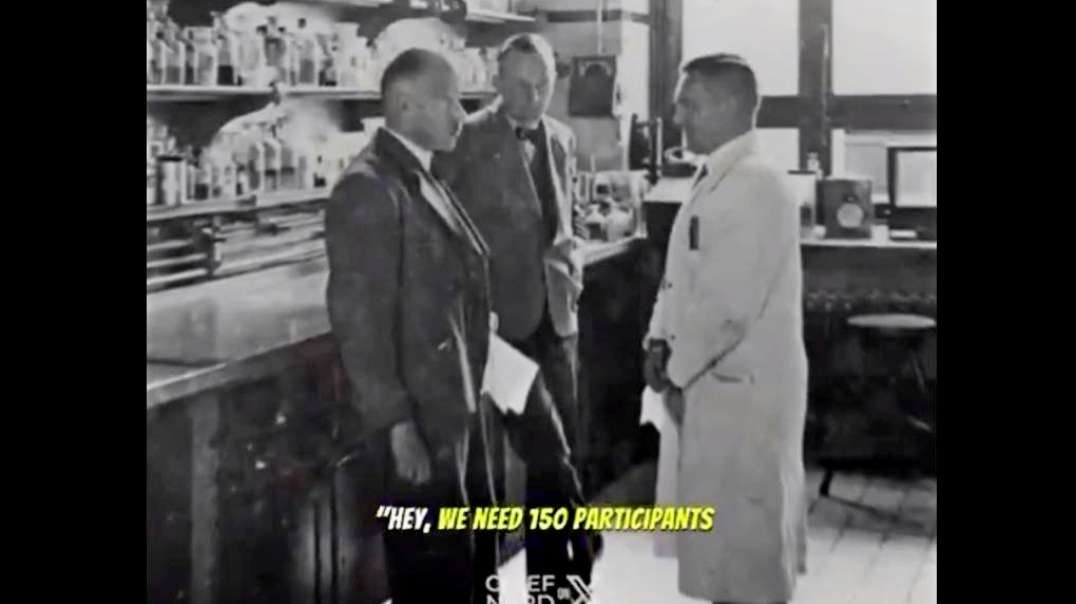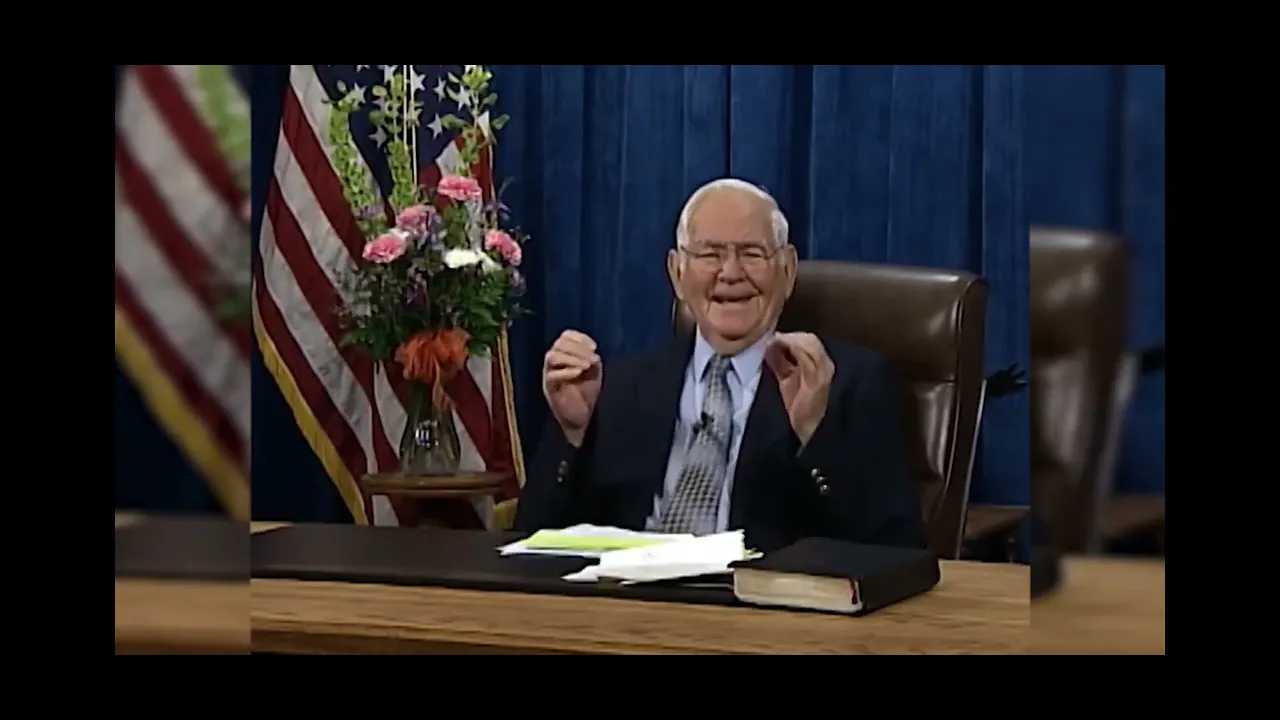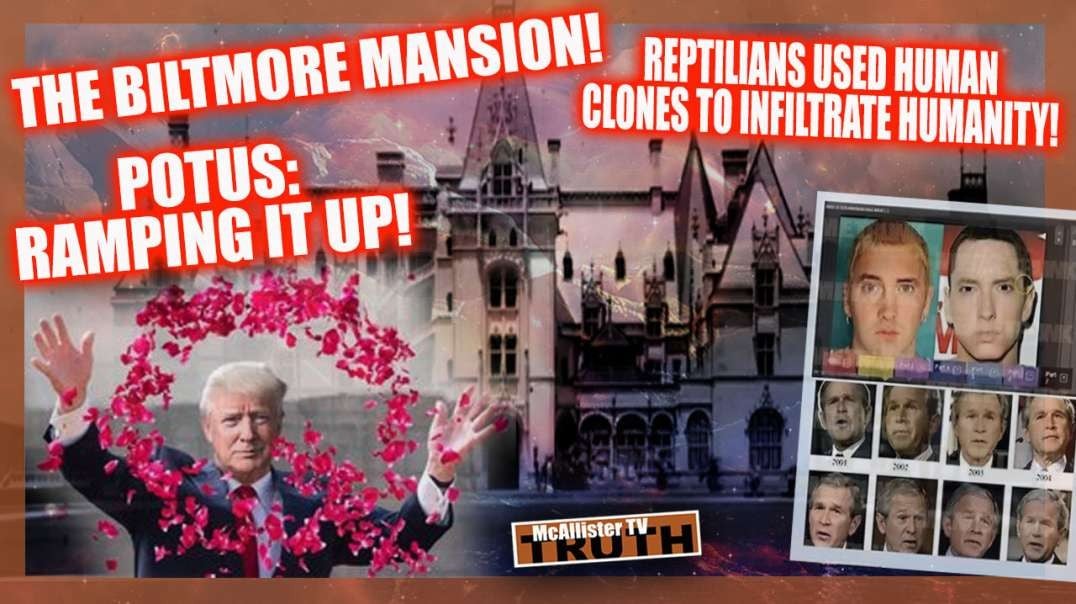History of Marriage License Dr Kelsey Graham Ministries 888-501-6689
08/03/2013
The history of marriage!
Dr. Kelseyville Graham:
https://youtube.com/@DrKelseyGraham
Zebrafish
Mary Ann Liebert, Inc.
U.S. Scientists' Role in the Eugenics Movement (1907–1939): A Contemporary Biologist's Perspective
Steven A. Farber
Additional article information
In this special issue devoted to the study of pigmentation, it is only fitting that we reflect on how this trait has been utilized to promote specific political and social agendas in both the United States and Europe. It was Francis Galton, a cousin of Darwin, who coined the term “eugenics” in 1883 while advocating that society should promote the marriage of what he felt were the fittest individuals by providing monetary incentives.1 Shortly thereafter, many intellectuals and political leaders (e.g., Alexander Graham Bell, Winston Churchill, John Maynard Keynes, and Woodrow Wilson) accepted the notion that modern societies, as a matter of policy, should promote the improvement of the human race through various forms of governmental intervention. While initially this desire was manifested as the promotion of selective breeding, it ultimately contributed to the intellectual underpinnings of state-sponsored discrimination, forced sterilization, and genocide.
From the perspective of an academic in 2008, it can be hard to fathom how pioneering studies of chromosomal segregation would be juxtaposed to studies of “Pedigrees of Pauper Stocks” in England, “Individual and Racial Inheritance of Musical Traits” or “Heritable Factors in Human Fitness and Their Social Control.” These examples come from the 1923 report of the Second International Congress of Eugenics, titled Eugenics, Genetics, and the Family.2 In the opening address, Henry F. Osborn, then president of the American Museum of Natural History in New York (the site of the meeting), stated,
In the US we are slowly waking to the consciousness that education and environment do not fundamentally alter racial values. We are engaged in a serious struggle to maintain our historic republican institutions through barring the entrance of those unfit to share in the duties and responsibilities of our well-founded government. … In the matter of racial virtues, my opinion is that from biological principles there is little promise in the melting-pot theory. Put three races together (Caucasian, Mongolian, and the Negroid) you are likely to unite the vices of all three as the virtues. … For the worlds work give me a pure-blooded … ascertain through observation and experiment what each race is best fitted to accomplish. … If the Negro fails in government, he may become a fine agriculturist or a fine mechanic. … The right of the state to safeguard the character and integrity of the race or races on which its future depends is, to my mind, as incontestable as the right of the state to safeguard the health and morals of its peoples.
It is important to appreciate that within the U.S. and European scientific communities these ideas were not fringe but widely held and taught in universities. The report of the Eugenics meeting was the lead story in the journal Science on October 7, 1921, and this opening address was published, in its entirety, beginning on the first page of the issue.3
To understand why eugenics became a serious scientific movement in the 1920s, it is useful to look back 20 years earlier. In 1902, Charles B. Davenport, then a Professor of Zoology at the University of Chicago, approached the Carnegie Institution with a request for $45,000 to create a “Biological Experiment Station for the study of evolution” on the Cold Spring Harbor Campus.4 His aim would be the “analytic and experimental study of the causes of specific differentiation—of race change.” He proposed to accomplish this “by the cross breeding of animals and plants to find the laws of commingling of qualities … the study of the laws and limits of inheritance.”4 Within this brief two-page proposal, Davenport commingles the scientific genetic approach that dated back to Mendel with his personal fascination with the perceived human racial differences of his day.
Within 5 years the Experimental Evolution Department had established over 100 animal stocks that included 20 mammals and dozens of insects (including crickets and Drosophila), and over 400 flowering plants.5 It took until 1910 for Davenport to begin studies on human inheritance with the creation of the Eugenics Record Office. Financial support came from Mrs. E.H. Harriman (a wealthy philanthropist), John Harvey Kellogg (the breakfast cereal magnate), and the American Breeders' Association. This association was the first membership-based group whose mission included the promotion of eugenics research in the United States through a subcommittee chaired by ichthyologist and Stanford University President David Starr Jordan.6,7 By 1918, H.H. Laughlin was hired as the superintendent of the Eugenics Records Office, which transitioned from a freestanding, self-supporting endeavor to a sub-department of the Experimental Evolution Department under the control of the Carnegie Institution.8 Davenport conceived of this office to mainly “serve eugenical interests in the capacity of repository and clearing house” and to “provide data adequate to making eugenical studies.”8 Their method was to collect family histories from “better families” and “subnormal families” based upon methods previously described by Galton.
By the 1920s, three major efforts pushed the eugenic agenda in the United States and subsequently throughout Europe: (1) The Eugenics Research Association with Laughlin and Davenport as leaders and in affiliation with the American Association of the Advancement of Science (AAAS). (2) The American Eugenics Society founded by Laughlin, Harry Crampton, Madison Grant, and Henry Fairfield Osborn with the purpose of promoting the eugenical movement at both the scientific and popular level. (3) The Eugenics Records Office, directed by Davenport and run by Laughlin with the express purpose of providing the scientific data to support the eugenics movement.
A concerted effort of this magnitude with the expressed support of the mainstream scientific establishment (e.g., AAAS as operator of the journal Science; the American Breeders' Association, which later became the American Genetics Association; and the Carnegie Institution) had an effect throughout both the scientific and governmental establishments worldwide. Specifically, by 1936 when both England and the U.S. genetic scientific communities finally condemned eugenical sterilization, over 60,000 forced sterilizations were already performed in the United States on mostly poor (and often African-American) people confined to mental hospitals.9,10 The practice of forced sterilizations for the “unfit” was almost unanimously supported by eugenicists. The American Eugenics Society had hoped, in time, to sterilize one-tenth of the U.S. population, or millions of Americans.11
Laughlin's publication of Eugenical Sterilization in the United States in 1922 included the drafting of a “model law” for compulsory sterilization that was the bedrock of forced sterilization programs throughout the country. According to Davenport, Laughlin's “book on sterilization is recognized as the standard.”12 In 1930, Laughlin comments about the U.S. Supreme Court upholding a Virginia sterilization statute as, “the establishment of the eugenical authority of the state … [enabling] the prevention of hereditary degeneration by a method sound from the legal, eugenical and humanitarian points of view. … It is now possible for any state, if it desires to do so, to enact a sterilization statute.”12 A typical study prepared by Laughlin and used to justify these laws is excerpted below:
The Problem of the Feeble-Minded in Connecticut … the 11,962 feeble-minded persons—the total number who came under the purview of the Survey—have been studied individually in reference to nine subject as follows: (1) sex, (2) age, (3) recidivism, (4) diagnostic class, (5) intelligence quotient, (6) race descent, (7) nativity, (8) citizenship, (9) kin in institutions. … At the present rate every inhabitant of Connecticut is expending … 5 and 1/3 as many dollars on the socially inadequate and the individually handicapped as the average inhabitant was spending for the same purpose 20 years ago.13
Davenport's eugenical research is very typical of countless studies purporting to link perceived human differences to the burgeoning field of Genetics. This work is best appreciated by quoting the author directly:
Successful naval officers are of various types. … The three commonist traits are: (1) love of sea; (2) capacity for fighting; (3) capacity for commanding or administering. … The performance of a man depends in large degree upon his inherent, inheritable traits. … The sea makes to different people varied appeal. … The love of the sea, sea-lust or thalasssophilia is apparently a specific trait to be differentiated from wanderlust or love of adventure. … One of the most striking characteristics of sea–lust is that it is wholly a male character … so the appeal of the sea develops under the secretion of the germ gland in the boy. It is theoretically possible that some mothers are heterozygous for love of the sea, so that when married to a thalassophilic man half of their children will show sea-lust and half will not.14
Read More: https://www.ncbi.nlm.nih.gov/pmc/articles/PMC2757926/#!po=2.00000

